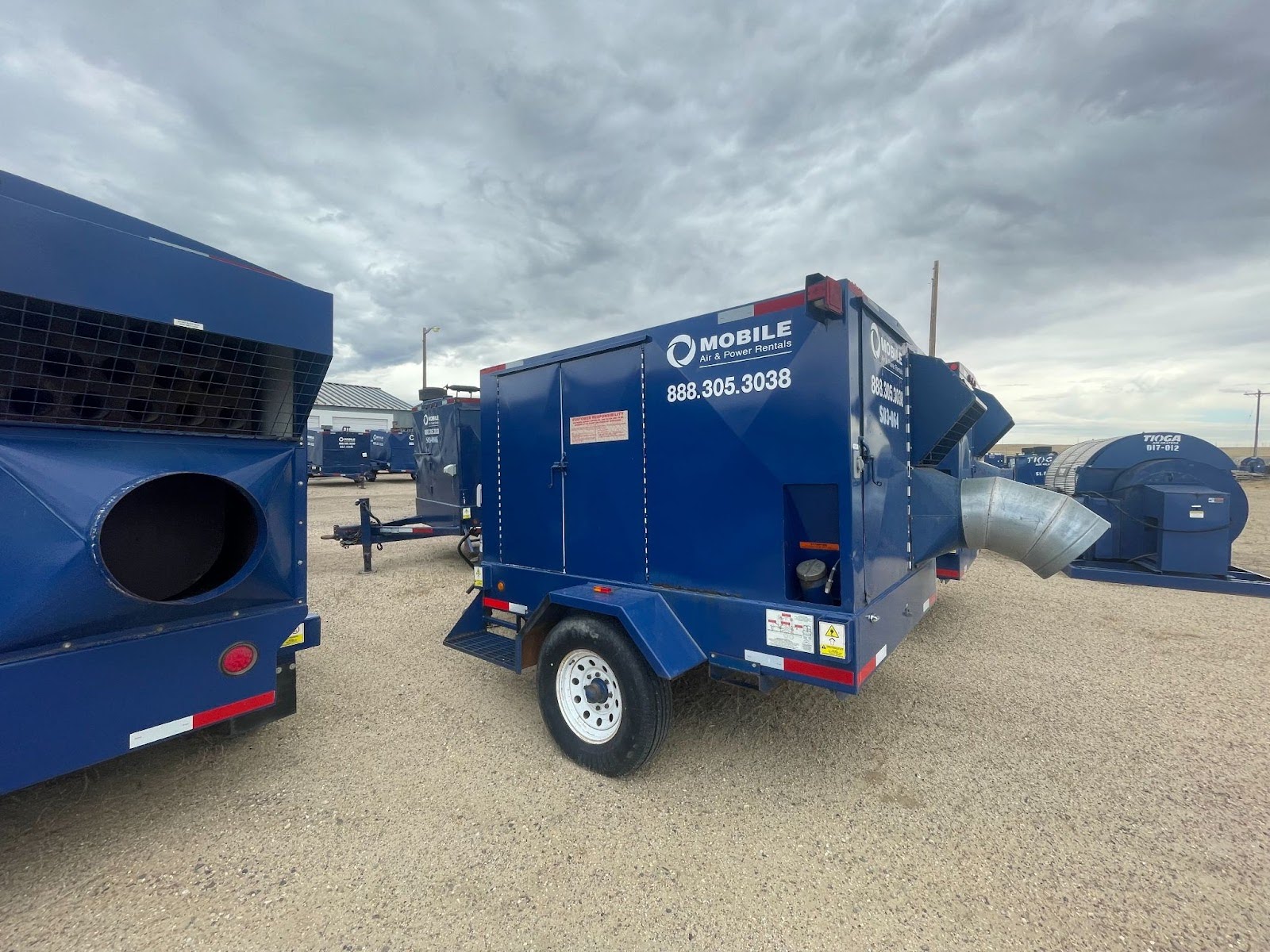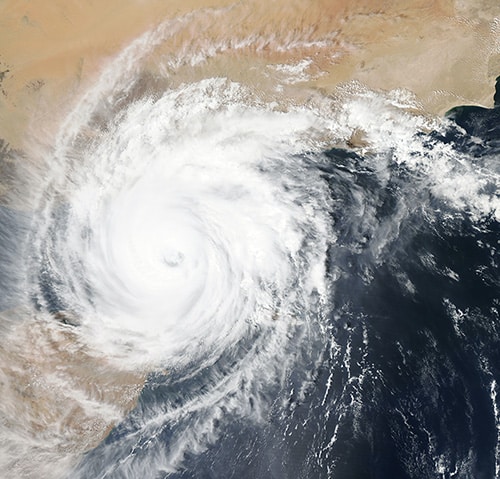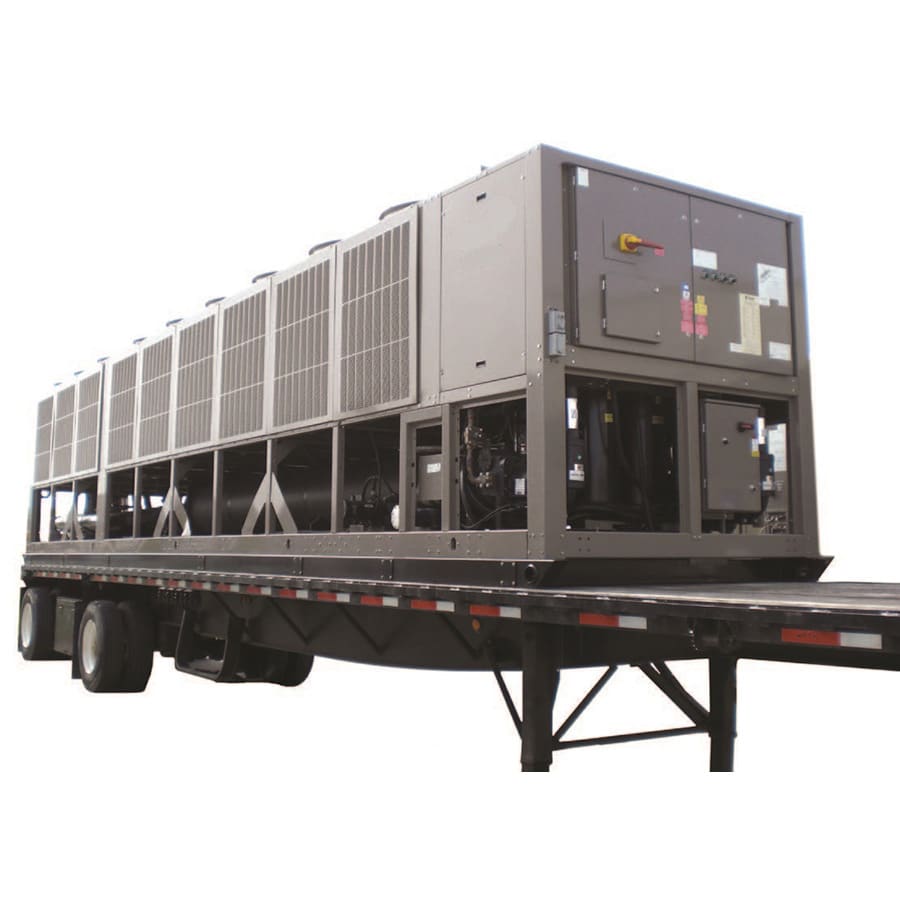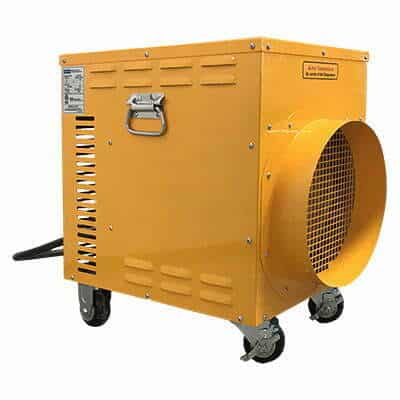It’s not just discomfort that comes with cold weather. Frigid temperatures generate operational hazards that have the potential to deplete budgets, postpone projects, and shut down facilities. Having backup systems ready before the temperature drops is a smart way for businesses to prepare for winter.
The Real Cost of Winter Disruptions
A single day of downtime affects your bottom line in multiple ways. Lost productivity adds up quickly when employees can’t work in freezing conditions. Equipment damage from extreme cold also leads to expensive repairs or replacements.
Customer commitments suffer when the weather interferes with operations. For example, missed deadlines strain relationships and potentially trigger contract penalties. Insurance claims can rise when pipes burst or machinery fails due to inadequate climate control.
Unfortunately, weather events have become less predictable. A mild forecast can shift overnight into dangerous conditions. Facilities without contingency plans scramble to find solutions when everyone else faces the same emergency.
Identifying Your Facility’s Vulnerable Points
To identify potential vulnerabilities, there are a few proactive steps that can be taken. First, walk through your building with winter risks in mind. Where does your heating system show its age? Which areas lose heat fastest during cold snaps? Loading docks and warehouse spaces with high ceilings often struggle to maintain comfortable temperatures.
Consider your power reliability. Does your location experience frequent outages during winter storms? How long can your operations continue without electricity? Refrigerated storage, data centers, and manufacturing lines all have different tolerance levels for power loss.
Water systems deserve attention, too. Exposed pipes in unheated spaces can freeze and burst. Sprinkler systems in warehouses need protection from cold damage. The cost of water restoration far exceeds preventive measures.
Building Your Winter Response Plan
Start planning during autumn, not after the first freeze. Map out which spaces require priority heating if your primary system fails. Identify where you’d position temporary heating equipment for maximum coverage.
Document your power requirements for essential operations. Which equipment absolutely must stay running? What’s your minimum viable operation if you face extended outages? Having these answers ready speeds up response when emergencies hit.
Next, it is important to establish relationships with rental providers before you need them. Companies offering emergency power rental services often face high demand during major weather events. Customers with existing accounts and pre-arranged agreements get faster service than new callers competing for limited inventory.
Temporary Heating Solutions That Keep You Running
Portable heating equipment delivers reliable performance across various facility types. Units range from compact heaters for small offices to industrial systems warming entire warehouses or construction sites.
Heater rental for facilities provides the flexibility traditional systems can’t match. You can add capacity to specific zones without modifying your permanent infrastructure. When equipment fails, rental units bridge the gap during any repair periods.
Fuel choices change based on your circumstances. Electric heaters function best in areas with steady power. Propane-fueled units operate independently of utility connections, providing heat even during widespread outages. When infrastructure supports natural gas systems, it can be a sound economic choice.
Power Backup Strategies
Generators keep operations moving when the grid fails. Size your backup power based on actual needs rather than trying to run everything simultaneously. Prioritizing essential equipment lets you use smaller, more economical generators.
Load management matters during extended outages. Rotating power to different areas maintains basic function throughout your facility. Heating systems, lighting, and critical equipment can share generator capacity through smart scheduling.
Test your backup systems regularly. Equipment that sits unused for months may fail when you need it most. Regular maintenance and test runs identify problems before emergencies arrive.
Partner with Experienced Providers
Working with knowledgeable rental companies simplifies winter preparedness. Quality providers assess your facility and recommend appropriate equipment configurations. They understand local climate patterns and typical winter challenges in your region.
Response time separates good vendors from great ones. When storms hit, you need equipment delivered quickly. Local inventory and established logistics networks make the difference between hours of downtime and days.
Stay operational this winter—rent portable heating and power solutions from Mobile Air & Power Rentals. Their team helps facilities across industries maintain business continuity through the coldest months and unexpected weather challenges.





